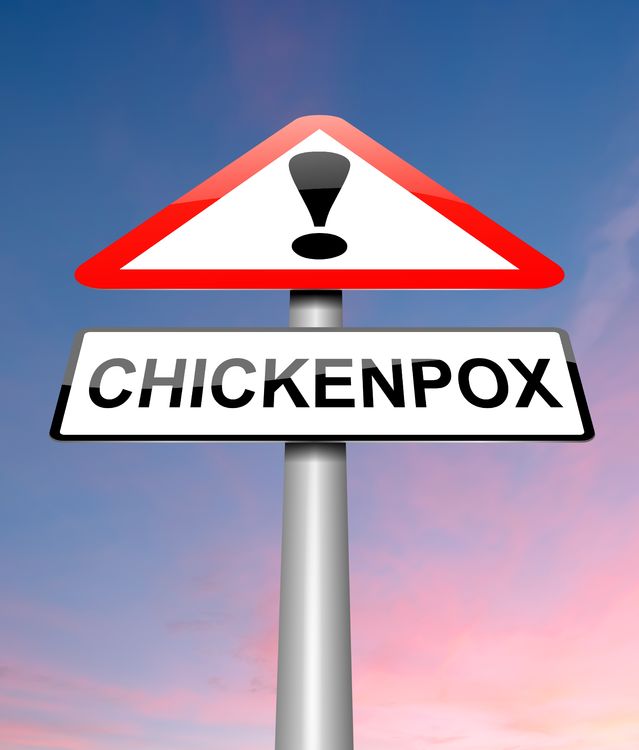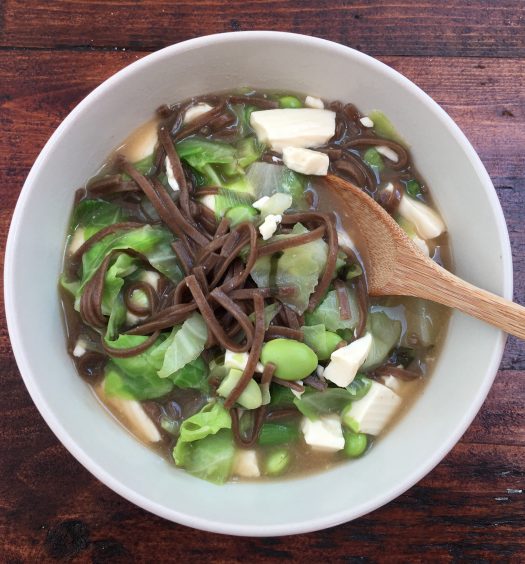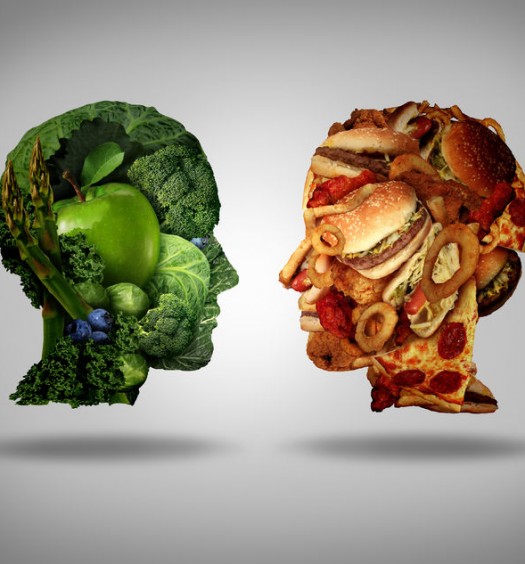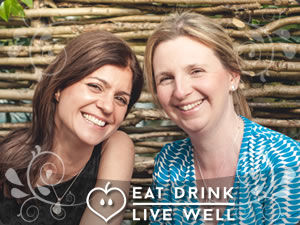My four year old is covered in spots. I hoped it was some sort of heat rash but I’m deluding myself: it’s chicken pox. So I’m cancelling my plans for the week and resigning myself to the looming boredom of being housebound for a good few days.
Chicken pox is a mild, highly contagious infection, peaking in late winter to spring each year. It mostly affects children under ten, and the most common complication is infection of the itchy spots. I’ve been researching the sketchy information there is on nutrition for chicken pox to see if there is a ‘chicken pox diet’; if there’s something I can do to lessen the itching and even progression of the virus, I want to know about it. From a purely selfish point of view I’d also like to not be confined to my house for longer than need be.
Unlike many viruses chicken pox doesn’t always zap appetite – so I can easily launch my four point, chicken pox dietary assault:
- Antiviral Foods
- Hydration
- Histamine Reduction
- Skin Healing
1. Antiviral Foods
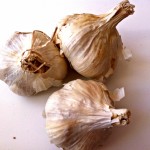 Chicken pox is a virus so boosting antiviral foods such as garlic and spices such as turmeric is my first dietary ‘must do’. I’m also using vitamin C (a potent antiviral) and zinc drops mixed into a drink of high antioxidant, high lysine, sleep-promoting sour cherry cordial such as Cherry Active.
Chicken pox is a virus so boosting antiviral foods such as garlic and spices such as turmeric is my first dietary ‘must do’. I’m also using vitamin C (a potent antiviral) and zinc drops mixed into a drink of high antioxidant, high lysine, sleep-promoting sour cherry cordial such as Cherry Active.
But chicken pox isn’t just any virus. It’s a herpes virus (related to cold sores and shingles) known as varicella-zoster. Certain foods ‘encourage’ the herpes virus and some ‘discourage’ it.
Herpes viruses thrive when there are high levels of the amino acid arginine in the blood, relative to another amino acid, lysine. To attack the virus we need to eat foods that contain a lot of lysine compared to arginine.
‘Good’ lysine to arginine foods i.e. foods to eat when we have chicken pox include:
- Yogurt (natural probiotic yogurt supports the immune system)
- Fish (not shellfish); oily fish contain beneficial anti-inflammatory Omega 3s
- Meat including beef, lamb, chicken, turkey, game; if you can find pasture-fed it’s a better option for their Omega 3 content
- Organic cheese and milk
- Specific fruits: stone fruit (mango, apricots, cherries, avocados, papaya), apples, pears, figs and pineapples
Most vegetables, some other fruits and pulses hover around the ‘neutral’ mark meaning they should neither encourage nor discourage the virus.
The ‘bad’ lysine to arginine foods, i.e. foods to avoid when we have chicken pox include:
- Nuts and seeds; these have the worst lysine arginine ratio
- Grains (including wheat, oats, rice)
- Tofu
- Fruits: grapes, blackberries, blueberries, grapefruit and oranges (including juice)
- Caffeine (not an issue for my 4 year old)
- Chocolate (an issue for my 4 year old)
- Onions and garlic – but in view of their strong antiviral and antihistamine properties from eating a low amount of them, I have opted to keep these in my chicken pox diet
2. Hydration
Sometimes chicken pox is accompanied by fever, so it’s important to keep hydrated – water, coconut water or home made ice lollies (good if spots are in the mouth) work well alongside the cherry cordial.
3. Histamine Reduction
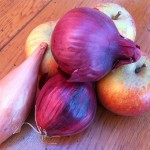 Chicken pox spots are itchy, and if scratched they can become infected, so it’s important to keep nails short. Antihistamines are sometimes recommended, but I’ve instead used foods that have an anti-histamine effect. These include Vitamin C-rich foods such as kale, broccoli, peppers, papaya, kiwi and strawberries; I’ve also supplemented vitamin C. Quercetin, found in foods such as kale, apples, spinach, watercress and onions also acts as an antihistamine; an apple a day features in my chicken pox diet. Anti-histamine foods and supplements are covered in more detail in our hay fever blog
Chicken pox spots are itchy, and if scratched they can become infected, so it’s important to keep nails short. Antihistamines are sometimes recommended, but I’ve instead used foods that have an anti-histamine effect. These include Vitamin C-rich foods such as kale, broccoli, peppers, papaya, kiwi and strawberries; I’ve also supplemented vitamin C. Quercetin, found in foods such as kale, apples, spinach, watercress and onions also acts as an antihistamine; an apple a day features in my chicken pox diet. Anti-histamine foods and supplements are covered in more detail in our hay fever blog
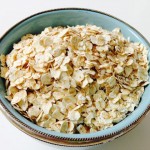 I’ve been using oatmeal baths to soothe the skin from the outside, much to my son’s bemusement (a cup of food processed oats knotted into a pair of old tights). I’ve added a few drops of lavender oil for its antiseptic as well as sleep inducing properties and have doused the spots with witch hazel gel, although reputedly bicarbonate of soda paste or calendula also are effective.
I’ve been using oatmeal baths to soothe the skin from the outside, much to my son’s bemusement (a cup of food processed oats knotted into a pair of old tights). I’ve added a few drops of lavender oil for its antiseptic as well as sleep inducing properties and have doused the spots with witch hazel gel, although reputedly bicarbonate of soda paste or calendula also are effective.
4. Skin Health
The final layer of the diet is an influx of nutrients to support skin health, and reduce scarring once the spots scab over. Brightly coloured fruits and veggies (for Vitamins A, C and E), grass-fed beef and lamb, spinach, mushrooms and asparagus (for skin-healthy zinc) and olive oil, avocado and oily fish (for their healthy fats). Avocado can easily be hidden in fruit smoothies or ice lollies. After the scabs have gone, coconut or rosehip oils applied to the skin may help to reduce scarring.
Fast forward a week later: after including foods from my chicken pox diet, skipping our normal staple of nuts and seeds, and using the baths, my son has had little itching, not too many spots and they’re healing well. A coincidence or has the diet played a part? Unfortunately it hasn’t addressed his grumpy mood from staying at home for so many days…..
We hope you enjoy this blog post, let us know your thoughts in the comments below or on social media – we’re on Twitter, Facebook, Instagram and Pinterest. And don’t forget to sign up to our newsletter to receive a monthly update of our recipes, nutrition tips and expert advice.

